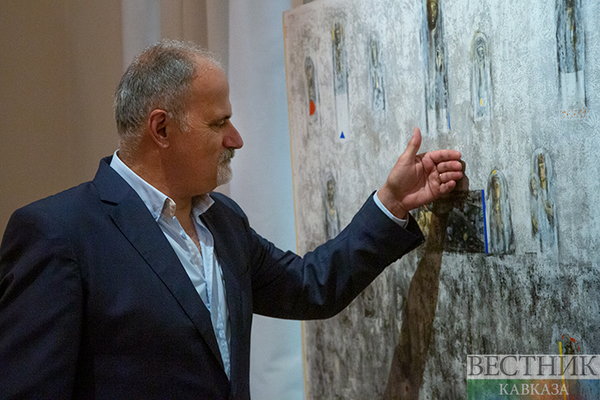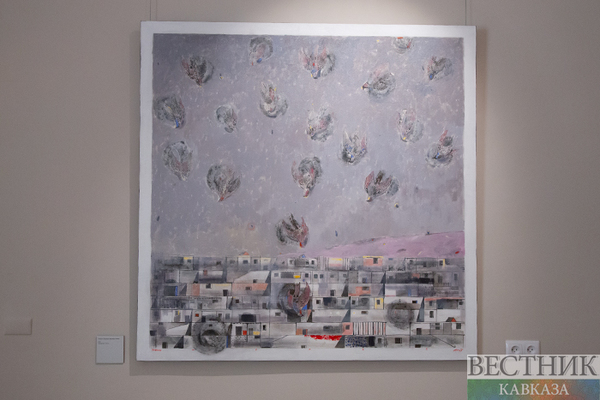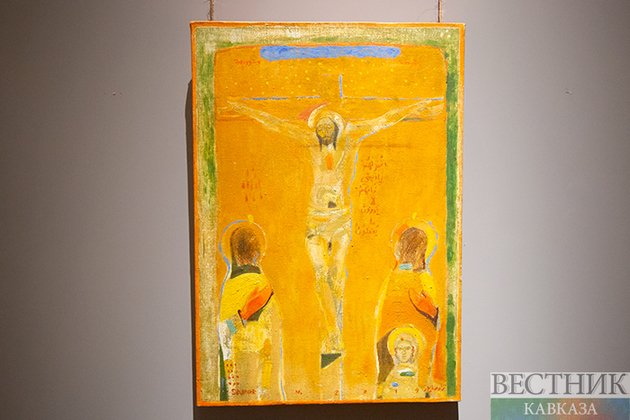In Moscow, in the halls of the State Museum of Oriental Art opened a solo exhibition of the Syrian artist Nizar Sabur "Life does not die". A graduate of the Faculty of Fine Arts at Damascus University, Nizar Sabur is considered a living classic of the Syrian school of painting. In 1990, the artist received a Ph.D. in Art history from the Stroganov Moscow State Academy of Arts and Industry. The author's works are kept both in private collections and in many museums around the world, including the collection of the State Museum of Oriental Art
The work of Nizar Sabur is inseparable from the history and culture of his homeland. The tragic events on Syrian soil influenced the artist's perception of the world.

"Art gives hope, and not only for Syria, but for Damascus, but for the whole world, for humanity", the artist says. He works in different techniques, boldly mixing materials and experimenting with them. "I use different materials. Ordinary (acrylic, oil, pencil), natural (ash, sand, coal)".
"Our great artist has contributed to the Syrian and Arab school of painting with his works full of hope. These works carry deep aesthetic experiences of universal values and social content, are rich and based on a great artistic consciousness", Syrian Ambassador to Russia Riyad Haddad says.

In each of Nizar Sabur's work, there is not only an appeal to the tragic past, but also love for the present of his country, and an open, hopeful look into the future. In total, the exhibition presents more than 30 items in different techniques.

Curator Polina Korotchikova spoke about the exhibition's structure: "The first hall is a general cultural one, it presents the series "Modern Icons", "Swings of Love", as well as everything connected with traditional Syrian art: with icon painting, with Arabic miniatures, with playing on those cultural meanings and layers that for the master are part of his native culture. And the second hall, despite the fact that it is so bright and full of air, is dedicated to the tragic events in Syria of recent years and the author's understanding of these events. It’s good to watch the exposition in cycles, you can track how the author’s thought develops".
The master also turns to traditional painting techniques, rethinking the legacy of the past, creating an inextricable link between the art of generations.

Tatyana Metaksa, adviser to the Director General of the State Museum of Oriental Art, invites you to an exhibition: “If you come to us, you will see wonderful modern icons written by Nazir Sabur, you will see his series "Earthly and unearthly love", you will see tragic moments from the life of modern Syria. You will also understand how the artist, who was born in Syria, lives in it, but studied in different places, including the Stroganov School in Moscow, absorbed world art. When I asked today: "Nazir, who do you consider yourself to be: a realist or an abstractionist?", he said, "I'm an oriental realist". I liked it very much. Quite unusual. Come to us, look at oriental realism".
Nizar Sabur's exhibition "Life doesn't die" will run until September 21.























